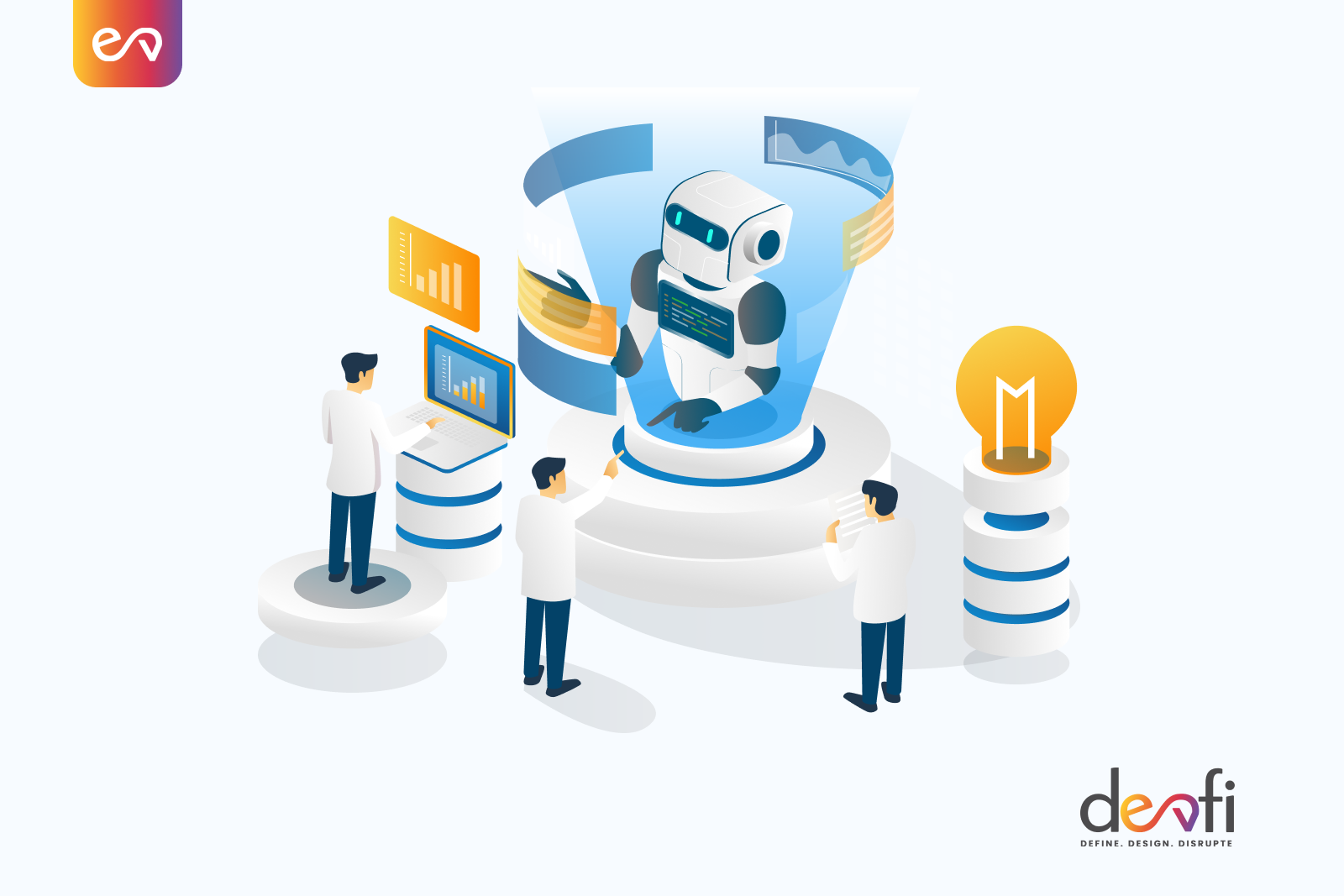The concept of AutoML is a new and exciting way to build machine learning models. It simplifies the process of creating a production model by taking the input data and task and automatically developing a machine learning framework. Instead of relying on rules, developers can now provide a machine learning model with data and labels in order to learn the rules themselves.
Why is AutoML required?
Conventional machine learning methods can be quite slow and may need human assistance to get the best results. The only time one approach is superior to another is when it has been specifically tailored to the current problem. This often means going through data preparation, feature engineering, model training, evaluation, and selection each time a new dataset appears or a new problem crops up.
AutoML helps data scientists by automating the process of building machine learning and deep learning models by allowing labeled training data as input. Once provided, an output of an optimized model will be given. AutoML enables professionals from different backgrounds to take advantage of data science. Tasks that would normally take a long time, like data pre-processing, can be completed quickly and with fewer errors. As a result, costs are lowered and results are more accurate.
Benefits of AutoML
- AutoML automates many of the steps in a machine learning pipeline, making it easier for non-machine learning experts to adopt ML and innovate quickly, thereby, bridging the skill gap for companies.
- The goal of AutoML frameworks is to reduce the time it takes to train multiple models by training them simultaneously with hyperparameter tuning. This method can help minimize the number of errors and improve the accuracy of the models.
- AutoML can help reduce bias and variance in machine learning models by automating processes and increasing evaluation against different validation datasets with a few techniques such as GridSearch Cross-Validation or RandomizedSearch. This helps in choosing the algorithm with the highest accuracy and best suited for the problem statement.
- With the continuous influx of new data, AutoML can be used for monitoring and improving the performance of various data-intensive applications such as time series analysis. It can continuously train and improve the algorithms based on the new data, making the model easily scalable.
Automating ML pipelines
AutoML automates the ML pipeline components, however, the most important feature is to automate the process of hyperparameter optimization. Hyperparameter optimization includes model training and hyperparameter tuning and is the process of tweaking a model’s settings to improve its performance. By doing this, AutoML can save users time and effort from manually testing different models. Additionally, AutoML can also perform experiments with different candidate models during optimization, which further increases its efficiency.

During optimization, the candidate models are ranked on a scale to optimize a particular target metric. The user can then specify which metric to use to improve the performance of the model. For instance, if a model has a regression problem, the user can choose the MAE or RMSE metric. The AutoML tool then uses the cross-validation technique to evaluate the multiple metrics and select the best scores from all the candidate models.
Hyperparameter tuning can be thought of as the process of finding the best set of hyperparameters for a machine learning model. This is usually done through a combination of experience and trial and error. There are a few different methods that can be used for hyperparameter tuning, but the most common is grid search. Grid search involves exhaustively searching through a grid of possible hyperparameter values. This is usually done by using a search algorithm, such as a genetic algorithm or a particle swarm optimization algorithm. The goal of grid search is to find the set of hyperparameters that results in the best performance on a given validation set.
Use cases of AutoML
AutoML offers a valuable solution for business problems in computer vision, building intelligent user experiences, or hand-crafting custom ML models.
- AutoML models can improve the accuracy and precision of the fraud detection models.
- AutoML can analyze large datasets and extract insights for research and development.
- It can be used for risk assessment, monitoring, and testing.
- AutoML can generate adaptive cyber threats like malware and spam.
- It can be used to perform sentiment analysis in chatbots, eCommerce websites, social media, etc.
- AutoML can help reduce waste/inventory carryover and improve profits.
AutoML platforms on the rise
According to the “Automated Machine Learning Market Research Report – Global Industry Analysis and Growth Forecast to 2030”, the market for AutoML is estimated to rise from $346.2 million in 2020 to $14,830.8 million by 2030. This indicates that the advanced machine learning platforms are set to take center stage with the primary goal of enabling organizations and their engineers in leveraging machine learning by providing assisted or even automated model building.
DeepLobe and Dflux are our AutoML platforms built for computer vision and advanced analytics, respectively. DeepLobe is a no-code machine learning platform that builds advanced computer vision models in just a few minutes to extract insights from any image, text, or video. Dflux is a collaborative and comprehensive platform built for data experts to perform end-to-end data engineering and analytics with machine learning. For more details, contact us.






